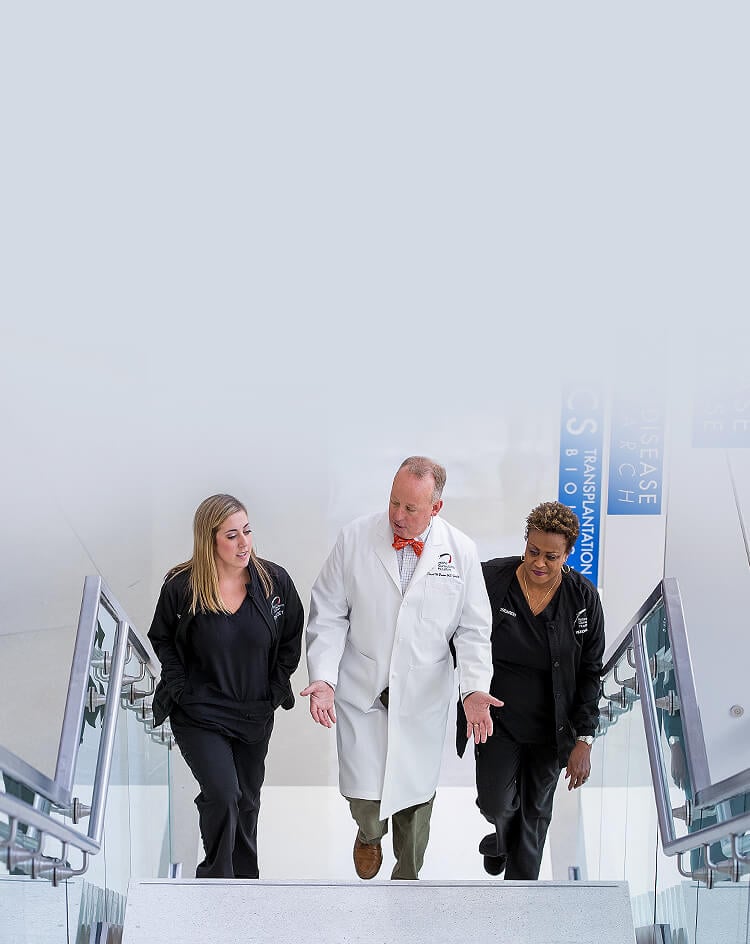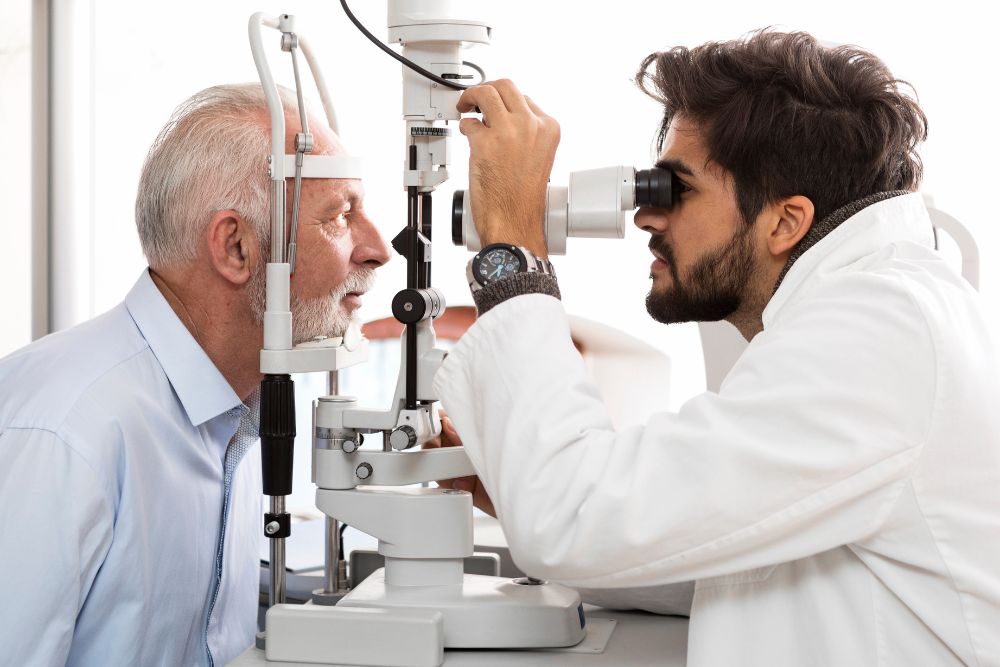3 Important Things to Know About Age-Related Macular Degeneration

Age-related macular degeneration (AMD) is a leading cause of irreversible vision loss, affecting millions of people aged 50 and older in the United States. By 2040, it is predicted to impact approximately 288 million individuals worldwide. Although AMD has no cure, early diagnosis and management can often prevent vision loss and secure a better quality of life. Regular retina exams and monitoring are crucial for early detection of this degenerative condition. Whether you're concerned about AMD or already managing its effects, understanding key points about the disease is essential.
1. Recognizing AMD Symptoms Is Crucial
AMD is a progressive disease that evolves in stages, starting first as dry or atrophic AMD. During the earlier stages of dry AMD, there are typically no noticeable symptoms; however, as time goes on, it can slowly damage cells within the macula, the central part of the retina. Your central vision may worsen, affecting close-up activities, like reading, while sparing peripheral vision. Other symptoms may include visual distortions, blurriness, and trouble seeing in low light or darkness.
Approximately 15% of people with AMD progress to the wet form, known as wet AMD. In this stage, choroidal neovascularization (CNV) may occur, where blood vessels grow abnormally, leading to leakage of blood and fluid into the macula. Symptoms may include sudden distortion of straight lines, decreased central vision that worsens quickly, increased blurriness of printed words, difficulty recognizing faces, and dark or empty areas appearing in the center of vision. Visual loss in wet AMD typically occurs more rapidly than in dry AMD.
2. Regular Ophthalmological Care Is Vital for Managing AMD
Regular eye exams provide ophthalmologists or retina specialists a platform to monitor and diagnose AMD progression. It is recommended that everyone aged 40-54 have a comprehensive eye exam at least every 2-4 years and every 1-3 years for those aged 55 or over.
Monitoring symptoms and promptly reporting any vision changes is crucial. One helpful tool for this is the Amsler grid test, a simple paper grid with straight lines forming squares. Patients with AMD are often instructed to look at the grid regularly, usually one eye at a time, while focusing on a central dot. Any distortion, waviness, missing areas, or other abnormalities in the grid's lines can indicate changes in the macula and should be reported to your eye care professional immediately.
3. Preventive Measures May Slow and Improve AMD
While some AMD risk factors, such as age or family history, cannot be controlled, others can be managed. This includes controlling underlying conditions like diabetes or high cholesterol. Maintaining healthy blood pressure is crucial, especially for older adults, with ideal levels being less than 120/80 mm Hg, as higher levels can affect the eyes' blood circulation and increase AMD severity.
To further reduce the risk of AMD progression, consider adopting lifestyle changes, such as maintaining a healthy weight and engaging in daily physical exercise. A diet rich in fruits and vegetables, legumes, whole grains, fish, and olive oil, and less dairy, red meat, and saturated fats is recommended. Certain daily supplements may also delay AMD progression and benefit overall vision. Additionally, quitting smoking is essential, as it increases the risk of AMD, as well as protecting your eyes from UV light exposure.
Take Control of Your Vision: Schedule an AMD Exam Today
Early detection and proactive management are key in combating AMD's impact. With regular retina exams, symptom monitoring, and a healthy lifestyle, you can significantly slow AMD progression. Don't wait; take the first step towards preserving your vision by scheduling your comprehensive eye exam today. Contact Retina Consultants of Texas.







